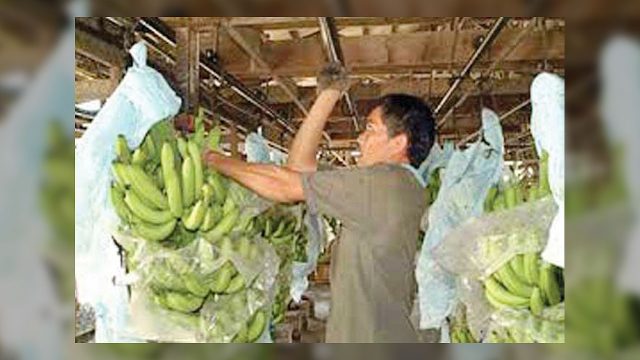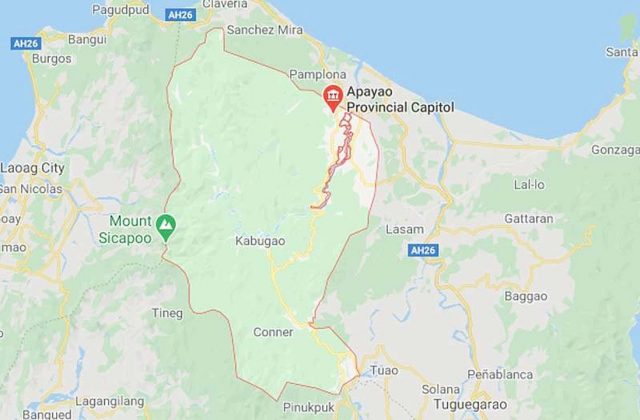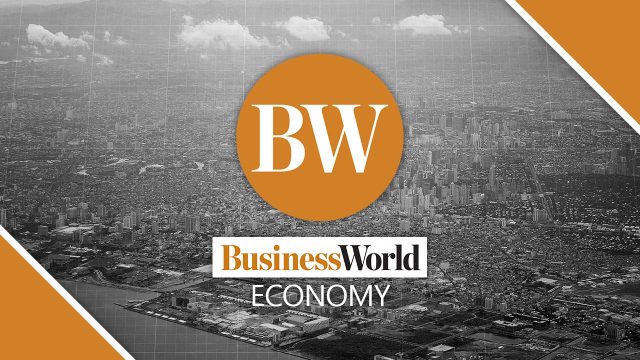(Second of two parts)
Businesses continue to explore new ways of working, further spurred on by the pandemic and supported by technology. However, to maintain momentum, boards will need to reimagine their roles to ensure they remain relevant, adaptive and responsive to the needs of this transformative age. Future-fit boards are diverse by nature, inclusive, transparent, and responsive, with the ability to navigate the unexpected and innovate in their oversight of human capital to drive long-term value.
As discussed in an EY article, Setting the pace or keeping up — is your board future-fit?, there are six key areas of action boards must consider for future fitness. In the first part of this two-part article, we discussed how boards will need to revitalize board composition and dynamics, gather insights from fresh perspectives, and increase focus on the long term. In this second part, we discuss how boards must align and communicate purpose with action, align and monitor culture, and enhance risk and compliance oversight.
ALIGN AND COMMUNICATE PURPOSE WITH ACTION
Based on an EY survey, 80% of CEOs around the world agree that public opinion will become as important to companies as their investors in the next five to 10 years. At the same time, surveys also indicate that 76% of the general global population feels that companies are capable of increasing profits and improving the social and economic conditions of the communities where they operate at the same time.
It is interesting to note what global CEO respondents identified as the most significant factors constraining them from being more involved in solving global challenges: board attitudes, composition, skills and leadership. In fact, these factors topped the list for more than half of the CEOs in the survey, surpassing regulation, investors and compensation. This suggests that if it were not for board direction, these CEOs felt they would be more vocal in addressing social issues. This is where future-fit boards can push the idea of their organizations’ purpose, a reason for being and operating that goes beyond making profit, as an essential part of strategy.
By articulating purpose with clarity, companies provide their people an achievable vision that they can contribute to, but this purpose must clearly state who the organization aims to benefit apart from its shareholders, as well as how it will do so. Although purpose alone does not replace strategy, it declares the “why” and intensifies the will behind it. It is also important to impart a clear, mutual understanding of the division of roles for external communications as well as plans for appropriate responses in the event of a crisis. Such crises can range from fraud, cyber-attacks, or environmental destruction. The increased scrutiny from 24-hour news cycles and how easily information can now spread dictates that integrity, clarity and timely responses are imperative for future-fit boards.
However, clarity of purpose is not enough. Future-fit boards need to recognize that companies will fail if they do not align their communicated purpose with action, which is especially relevant to maintaining trust with stakeholders. An EY global survey of CEOs found that a key gap standing in the way of transformation is the “say-do” gap, where action does not match intention. This indicates that, in addition to clearly stating its purpose, an organization’s leadership needs to show their customers and people that they “walk the walk” and not just “talk the talk.” By their actions they can demonstrate their will to follow through on their stated purpose, thus inspiring the buy-in and earning the trust of their stakeholders. Therefore, the future-fit board needs to ensure that purpose both informs strategy and permeates all aspects of operations.
Boards will need to ask themselves how accurately the public understands what their business does, and how their organization contributes to both the economy and society. They have to assess whether they are constraining management from contributing to solutions for global challenges, and whether they are engaging with stakeholders, such as employees, on the most important and pressing issues. In addition, boards must determine their readiness and ability to respond to a crisis, and the assurance that they can stand by their purpose and values.
ALIGN AND MONITOR CULTURE
Culture is a strategic asset, and in the war for talent, culture is a key intangible asset that needs to be protected. Emerging technologies are changing the workplace and impacting culture as well. Both investors and regulators have an interest in how companies leverage talent culture and strategy to enhance viability and accelerate long-term success. How the culture of a company is aligned with long-term strategy can change over time, especially in this transformative age, where strategies must adapt to face new challenges.
Future-fit boards will need to align their long-term strategy with a clear vision of their corporate culture and empower management to embed said culture throughout the company. Monitoring the alignment of culture with strategy and the impact of culture on corporate engagement needs to be conducted using non-traditional metrics, such as employee review sites, turnover rates, exit interview data, training effectiveness, incentive schemes and social media impact. Future-fit boards should encourage management use of big data as well, understanding what behaviors drive performance even when performance is high.
It takes resources and time to drive any cultural shifts. Boards therefore need to ask themselves how effectively they can oversee shifts in culture to build a future-focused workforce that has the skills and resolve to face future challenges. They will need to assess how creative they are in their use of data to build culture, and how clearly they communicate this culture to drive strategy.
ENHANCE RISK AND COMPLIANCE OVERSIGHT
Future-fit boards need to focus on the evolving world of reporting, monitoring and compliance technologies — and the cultural and investment shifts required to enable them. Boards need to employ a pragmatic approach to horizon scanning, gathering external insights and deploying monitoring mechanisms. They also need a broader perspective about indirect and emerging risks and consider deploying automation to monitor such risks and benchmark them against Key Risk Indicator (KRI) tolerance thresholds.
One necessary shift will be to develop new competencies for finance, compliance, and risk professionals, boards and audit committees. As an example, making use of technologies and new sources of data will require strong knowledge of legal frameworks for external data hosting, external and internal data protection risks, and audit procedures across different platforms.
Boards must ask themselves if they are combining smart technology with rich data to power their compliance and risk oversight, and determine what new competencies and skills are necessary at the board and management levels to maximize their data analytics tools. Moreover, they need to treat data as a strategic asset, and ensure that data governance risks are encompassed in board-level risk assessments.
SETTING THE PACE FOR A FUTURE-PROOF BOARD
Boards can seize the future by reshaping their performance and reinventing themselves, aligning values and culture as necessary and re-energizing their risk and compliance mechanisms. By gathering external perspectives, embracing diversity and shedding light on risks and opportunities, they can enhance their decision-making and gain deeper insights to generate long-term value.
This article is for general information only and is not a substitute for professional advice where the facts and circumstances warrant. The views and opinions expressed above are those of the author and do not necessarily represent the views of SGV & Co.
Leonardo J. Matignas is a business consulting partner of SGV & Co. and the EY ASEAN risk management leader.












